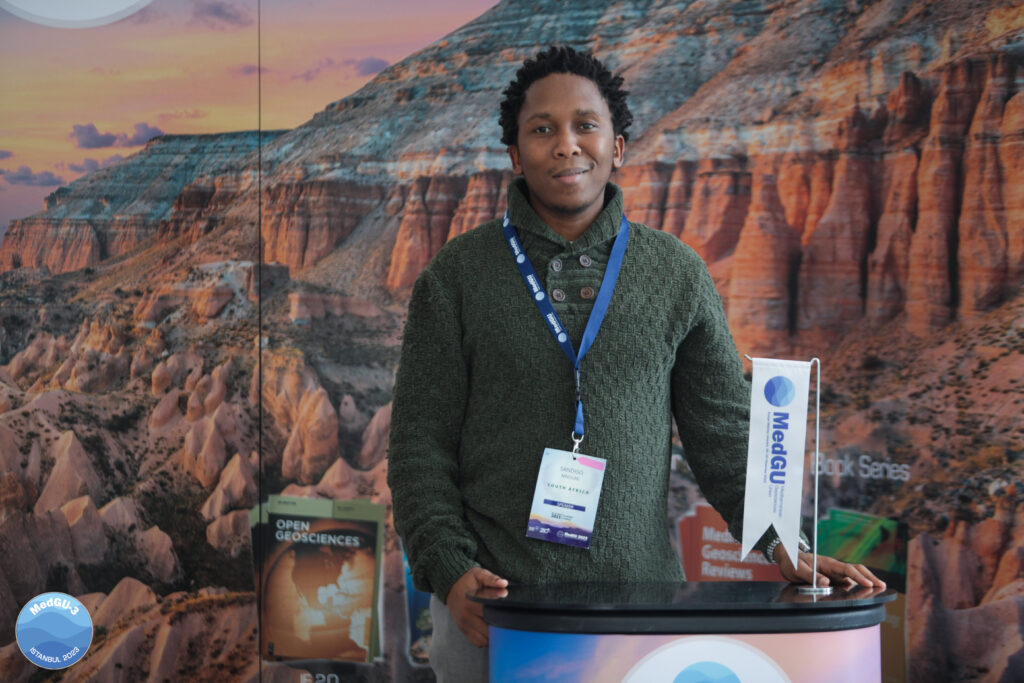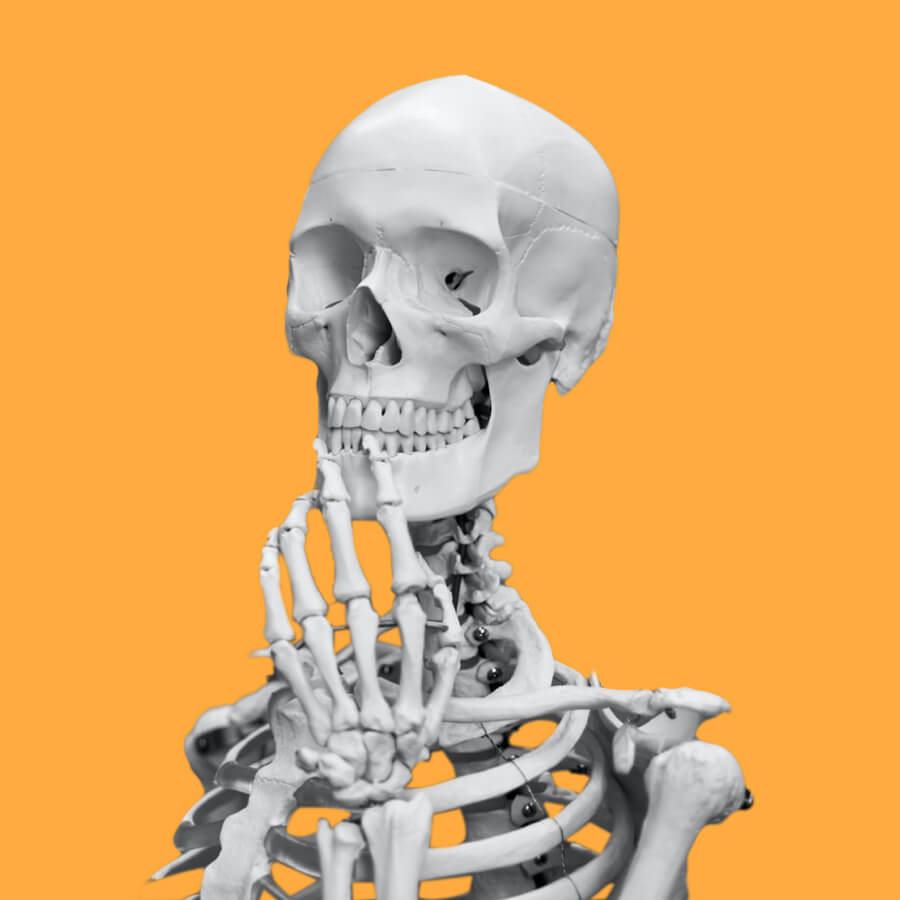Sandiso Mnguni
Researcher (ARC-PHP) and Honorary Research Fellow (ESI)
Agricultural Research Council Plant Health and Protection (ARC-PHP) and University of the Witwatersrand

Biography
I primarily use taxonomy, systematics, taphonomy, and phylogeny to study the evolution of fossil insects from Orapa Diamond Mine in Botswana. My current research focus is on Coleoptera (beetles), particularly Staphylinidae (rove or staphylinid beetles). Subsequently, I work on the largest animal group on Earth. They are very useful in reconstructing the ancient ecosystem of the only major Cretaceous fossil deposit in Africa.
Disciplines
Invertebrate Palaeontology, Agricultural Entomology, Ecology, Taxonomy, Systematics, Taphonomy, and Phylogeny
Fields of study
I study fossil insects from Orapa Diamond Mine. The deposit is located in Botswana. It is dated to be roughly 90 million years old. It is one of the major Cretaceous deposits in Africa and Southern Hemisphere. It is situated 960 m above sea level within the Kalahari Desert, about 35 km south of the Makgadikgadi Pans, 250 km due west of Francistown, and approximately 824 km from Johannesburg, in South Africa. The fossil material was collected in several visits from 18 sites within the deposit in the 1980s. Many researchers have worked on the fossil material from this deposit in the past. My handful contributions include describing 4 new species of fossil rove beetles and 1 new record of a fossil thrips. Recently, I have also collaborated in describing 4 new species of fossil carabid beetles. The collaboration is still ongoing and we are busy describing more fossil carabid beetles. On the side, I am also describing other fossil specimens that belong to various insect groups. The descriptions are used to reconstruct the ancient ecosystem of the unique deposit. Ultimately, the findings help to shed light on the biodiversity and biogeography of insects in the Cretaceous and Mesozoic
